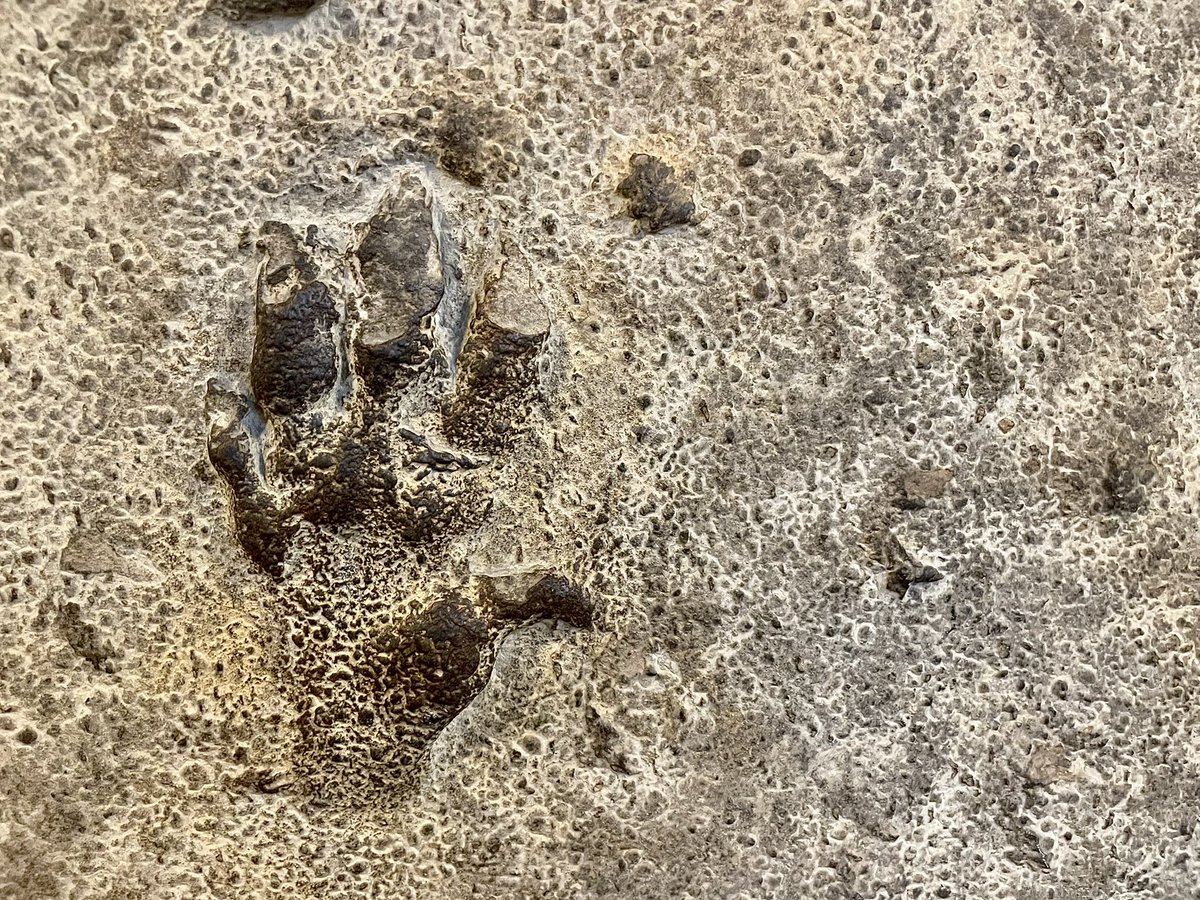
Official Twitter of Oxford University Museum of Natural History, a stunning Victorian building home to 7 million objects. Free entry, open 10-5 every day.
How to get URL link on X (Twitter) App


 One of the big advancements in the binding and decoration of books came in 1832 with the invention of the Imperial Arming Press, also called an embossing, stamping or blocking press.
One of the big advancements in the binding and decoration of books came in 1832 with the invention of the Imperial Arming Press, also called an embossing, stamping or blocking press. 

 Extinct in the wild means that there are no, or no significant, wild populations remaining, but the species lives on in captive breeding programmes. In 1986 an international conservation initiative started to try to save this snail genus.
Extinct in the wild means that there are no, or no significant, wild populations remaining, but the species lives on in captive breeding programmes. In 1986 an international conservation initiative started to try to save this snail genus.

 Join us for talks, drinks, snacks, and activities that will give you some ‘food for thought’ about the impacts of animal agriculture and meat consumption on people and the planet.
Join us for talks, drinks, snacks, and activities that will give you some ‘food for thought’ about the impacts of animal agriculture and meat consumption on people and the planet.
 Pangolins are hunted both for their meat and for their scales which are used in traditional Chinese medicine. Pangolin scales are made of keratin, the same as our hair and nails, and have no medicinal qualities.
Pangolins are hunted both for their meat and for their scales which are used in traditional Chinese medicine. Pangolin scales are made of keratin, the same as our hair and nails, and have no medicinal qualities. 

 Nearly all dinosaurs and many marine invertebrates went extinct during this time. In fact, the only lines of archosaurs (the group that contains dinos, birds, and crocodilians) that survived were those that led to modern birds and crocodilians
Nearly all dinosaurs and many marine invertebrates went extinct during this time. In fact, the only lines of archosaurs (the group that contains dinos, birds, and crocodilians) that survived were those that led to modern birds and crocodilians

 The extinctions that took place during this period really paved the way for the rise of the dinosaurs. It is hypothesized that climate change and rising sea levels are largely to blame for this mass extinction event.
The extinctions that took place during this period really paved the way for the rise of the dinosaurs. It is hypothesized that climate change and rising sea levels are largely to blame for this mass extinction event.

 Ecosystems on land were dominated by a group of animals called Therapsids. It included many of the first megaherbivores and carnivores as well as smaller creatures
Ecosystems on land were dominated by a group of animals called Therapsids. It included many of the first megaherbivores and carnivores as well as smaller creatures

 About 375 to 360 million years ago the Devonian period experienced elevated rates of extinction that lasted as long as 20 million years. Evidence has suggested that this rise in extinction rates was caused by a dramatic decrease…
About 375 to 360 million years ago the Devonian period experienced elevated rates of extinction that lasted as long as 20 million years. Evidence has suggested that this rise in extinction rates was caused by a dramatic decrease…


 But what are slugs you might ask? It’s a handy name for grouping together gastropod molluscs that have fully or partially lost their shells through evolution but “slugs” have evolved many times.
But what are slugs you might ask? It’s a handy name for grouping together gastropod molluscs that have fully or partially lost their shells through evolution but “slugs” have evolved many times.